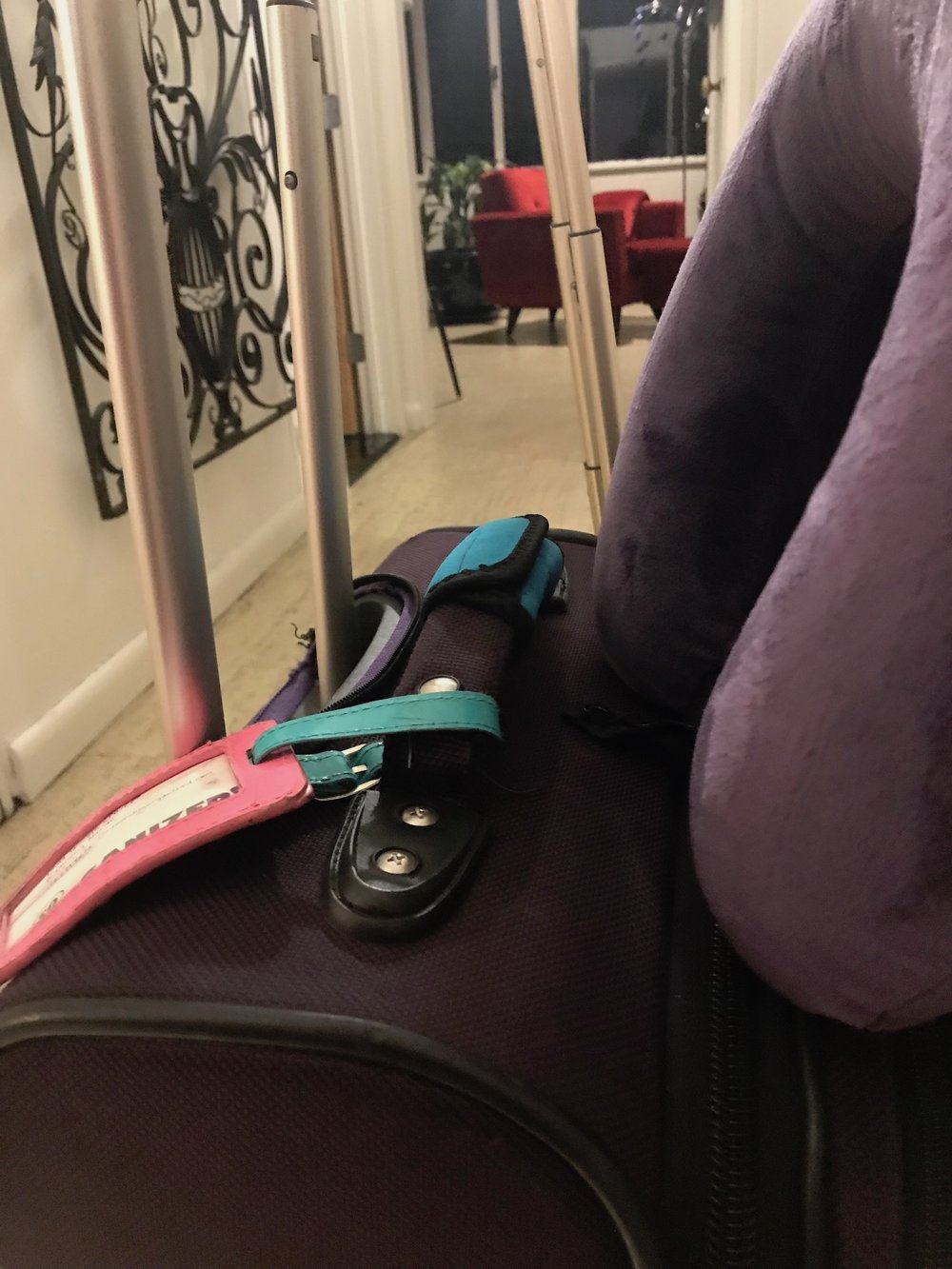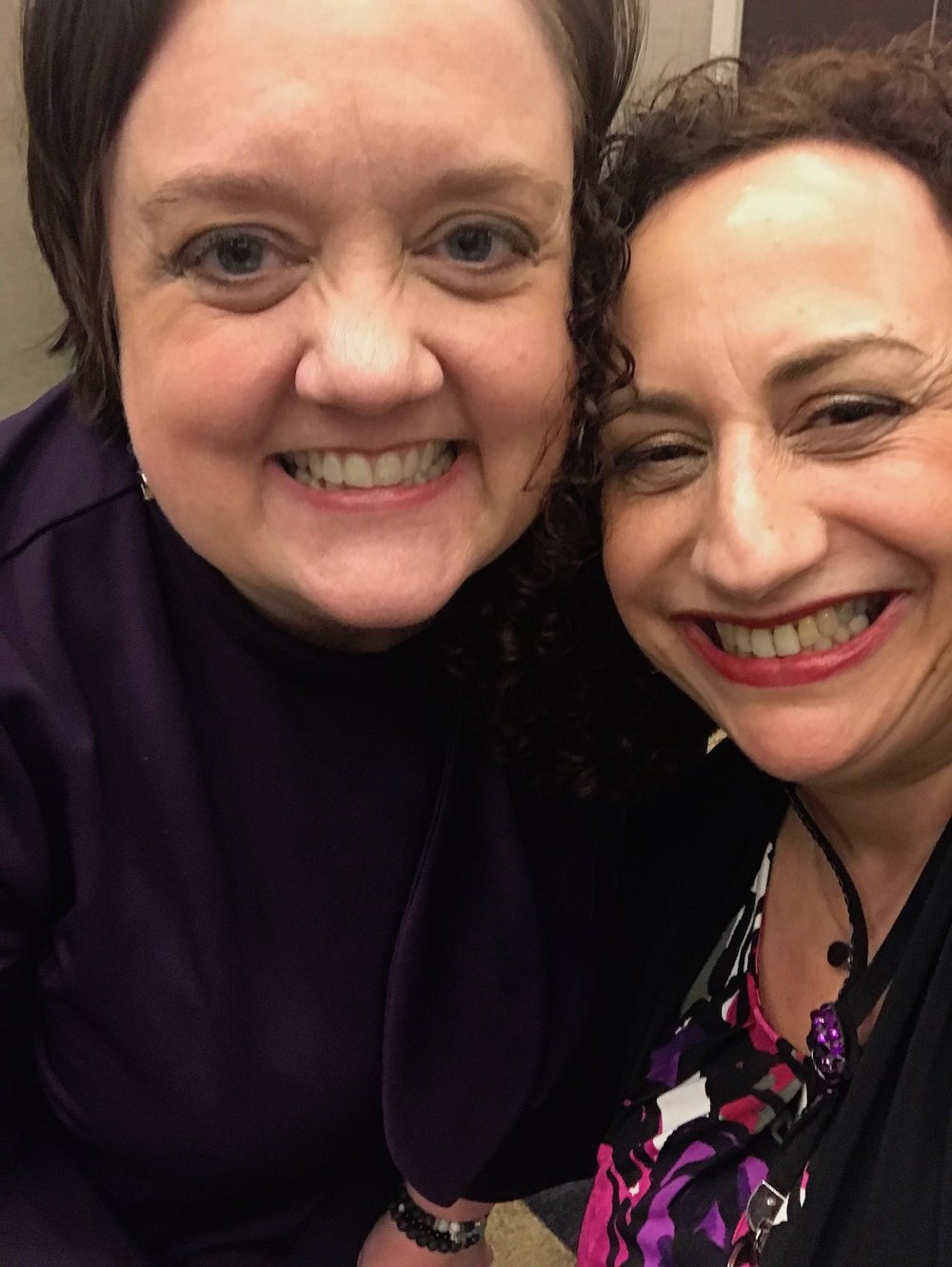This past weekend we time maneuvered and set our clocks ahead. It was the annual ‘spring forward’ in preparation for next. I know there are reasons to change our clocks ahead in the spring and back in the fall. While I’ve been diligently implementing this switch for decades, I still experience some confusion and discomfort. For example, some of our clocks, such as our digital devices, automatically change time. While other ones like our alarm and analog wall clocks have to be manually altered. My husband is great about changing our many clocks. Thank you, Steve! I’m responsible for only a few, such as my watch and car.
Our ‘spring forward’ time-changing ritual made me reflect on the connections it has with next.
3 Strong Connections Between ‘Spring Forward’ and Next That Will Help You
1. Mindfulness
When the clocks changed, a shift in the daylight did too. With the sun rising earlier and setting later, there was an extended period of light during the waking hours. The increase in sunlight positively affected my mood. With the brighter sun and warmer day, it beckoned me to go outside to walk, notice, feel, and sense. Time and light change also signaled a definite shift. Next had arrived. Something was altered. I felt a nudge to open my attention to the arrival of the new season. What are you noticing?
2. Flexibility
In the same way, that time appears fluid with the bi-annual adjustments we make, I recognized the value of flexibility during a recent emergency. My mom, who has vascular dementia, ended up in the ER last week. Without getting into great detail, I will share that the moment-to-moment situation kept changing. Even as I write this post, there is uncertainty. Having a plan, but being flexible, has been helpful for me emotionally. I know that so much is out of my control, but there are some aspects I can act on. I think of this the same as time. I have no control over what time it is, but I can move the crown on my watch to set the time. In this same way, I move to next with patience, compassion, love, and flexibility as I navigate the mom situation.
3. Gratitude
Time is constant. The sun rises and sets each day as the hands of the clock touch the hours. In these days of chaos and uncertainty, there is comfort in knowing the pattern of time. From this base of consistency and knowing, gratitude flows forward. There is so much to be grateful for. There is the comfort of connecting with friends, family, and community, the smell of spring arriving, the feeling of the warm sun on my skin, noticing the snowdrop flowers emerge from the dirt and hearing the words, “I love you,” softly said by my mom. Time moves on with the tick of the clock. Don’t rush the moments of beauty. Savor and hold them close.
What has ‘spring forward’ sparked for you? Do you see a connection with the time changing and next? I’d love to hear your thoughts. I invite you to leave a comment and join our conversation.
















